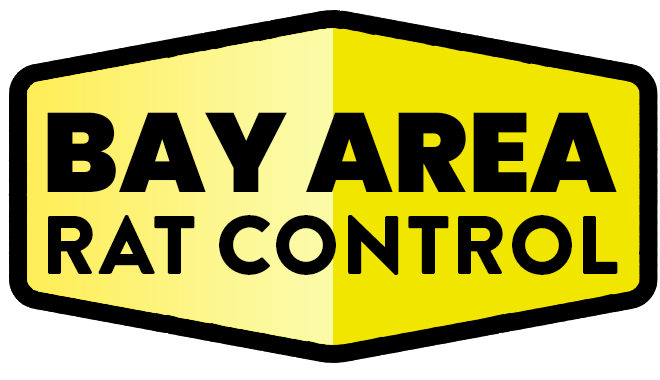Opening Thoughts
While rat baits and traps are effective tools for controlling infestations, improper use can pose risks to humans, pets, and non-target animals. Understanding how to safely handle, place, and dispose of these tools is essential for successful and responsible rat control. This guide provides comprehensive safety tips to protect your household and maximize the effectiveness of rat baits and traps.
Why Safety Matters in Rat Control
1. Protects Family and Pets
- Improper use of baits and traps can lead to accidental poisoning or injury.
- Safe practices ensure that only the intended targets—rats—are affected.
2. Prevents Environmental Harm
- Misuse of rodenticides can harm wildlife and contaminate water sources.
3. Ensures Effective Control
- Proper handling and placement maximize the success of your rat control efforts while minimizing risks.
Safe Handling of Rat Baits
1. Choose the Right Type of Bait
- Tamper-Proof Bait Stations:
- Use stations that securely house poison baits to prevent accidental access by children or pets.
- Eco-Friendly Options:
- Consider rodenticides with reduced toxicity to minimize risks to non-target animals.
2. Wear Protective Gear
- Always wear gloves when handling poison baits to:
- Prevent skin contact with toxic substances.
- Avoid transferring human scent, which may deter rats from taking the bait.
3. Read and Follow Instructions
- Carefully review the manufacturer’s guidelines for:
- Proper placement.
- Recommended quantities.
- Specific precautions for indoor or outdoor use.
4. Place Baits Strategically
- Best Locations:
- Near walls, in corners, or along rodent pathways.
- Inside attics, basements, or crawl spaces where rats are active.
- Avoid High-Traffic Areas:
- Keep baits away from areas frequented by children and pets.
- Monitor Usage:
- Check bait stations regularly to replenish bait and remove dead rats promptly.
Safe Use of Rat Traps
1. Select the Appropriate Trap
- Snap Traps:
- Best for quick and humane kills.
- Place in areas out of reach of pets and children.
- Glue Traps:
- Effective for confined spaces but can cause suffering; consider alternatives if possible.
- Live Traps:
- Use for humane capture and relocation, but ensure regular monitoring to avoid undue stress on the trapped rats.
2. Position Traps Correctly
- Along Walls:
- Place traps perpendicular to walls, with the trigger end facing the wall.
- Avoid Obstructions:
- Ensure traps are in open spaces where rats are likely to travel.
- Use Multiple Traps:
- Increase coverage by setting multiple traps in areas with high activity.
3. Secure Traps Against Tampering
- Use enclosed traps or secure traditional traps in place to prevent accidental activation by pets or children.
4. Dispose of Traps Responsibly
- Wear gloves when handling used traps to avoid contact with potential pathogens.
- Seal dead rats and used traps in plastic bags before disposing of them in outdoor trash bins.
Safety Tips for Homes with Children and Pets
1. Opt for Child- and Pet-Safe Products
- Look for tamper-resistant bait stations and traps with safety features.
2. Restrict Access to Treated Areas
- Use barriers or warning signs to keep children and pets away from areas where baits and traps are placed.
3. Consider Non-Toxic Alternatives
- Use natural repellents, ultrasonic devices, or live traps in homes with high safety concerns.
Environmental Considerations
1. Avoid Overuse
- Excessive use of baits can increase the risk of secondary poisoning for predators and scavengers that consume poisoned rats.
2. Prevent Contamination
- Never place baits near water sources or in areas where they can be washed away by rain.
- Use weatherproof bait stations for outdoor applications.
3. Dispose of Baits Responsibly
- Follow local regulations for disposing of unused rodenticides or bait containers.
- Contact your local waste management facility for guidance if needed.
Signs It’s Time to Call a Professional
- Persistent Infestations:
- If rats continue to appear despite your efforts, a professional pest control service can provide advanced solutions.
- Safety Concerns:
- If you’re unsure about handling baits and traps safely, leave the task to trained professionals.
Final Thoughts
Rat baits and traps are powerful tools for controlling infestations, but they must be used with care to ensure safety and effectiveness. By following these safety tips, you can protect your family, pets, and the environment while addressing your rat problem responsibly. When in doubt, consult a professional for guidance and support.
Relevant Links/Sources:
Safe Rodent Control Practices – EPA
Using Traps and Baits Safely – CDC
Pest Control Safety Guidelines – PestWorld
